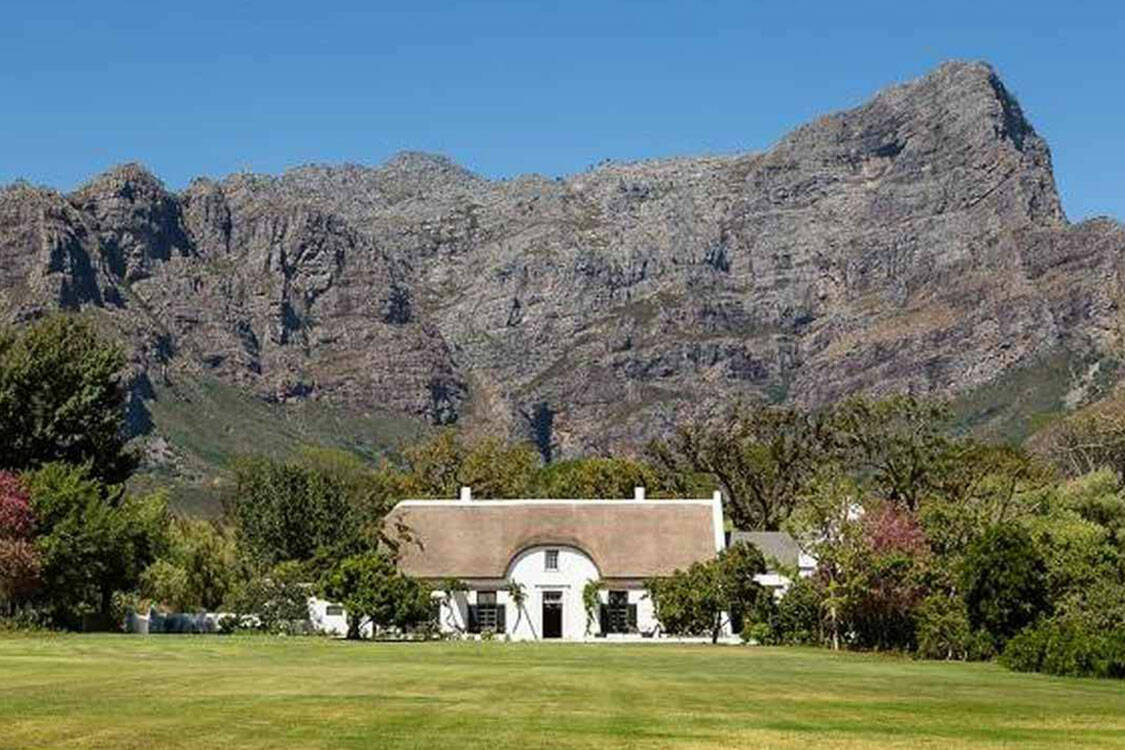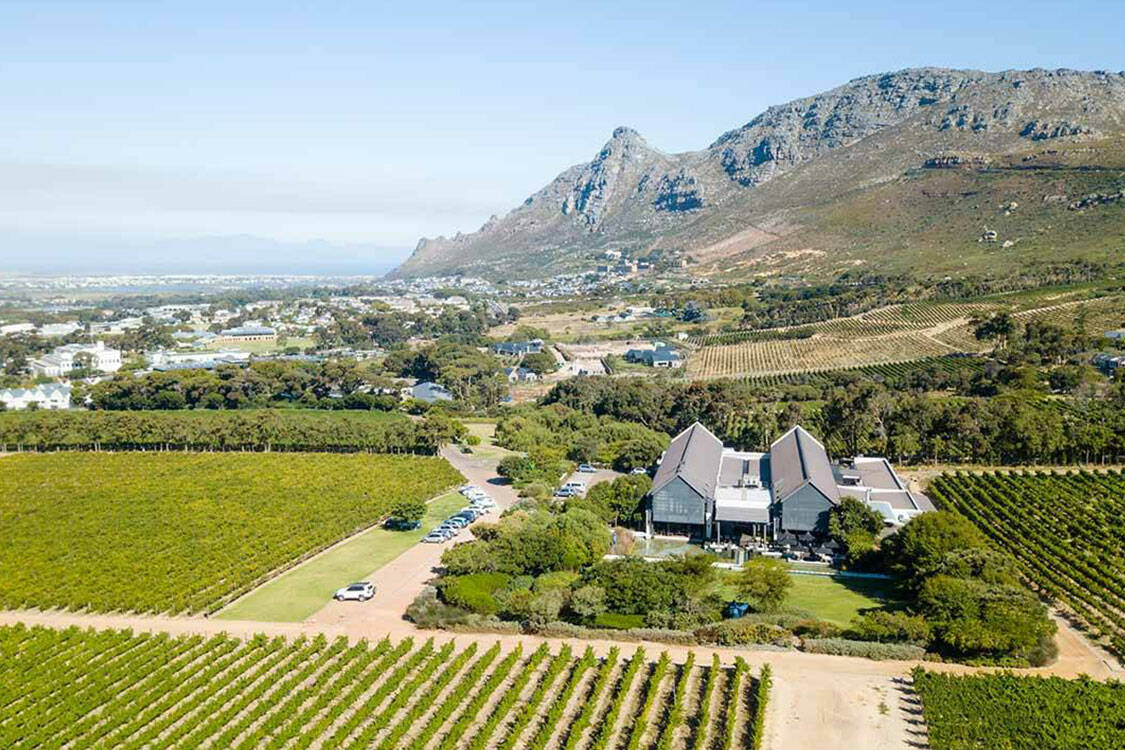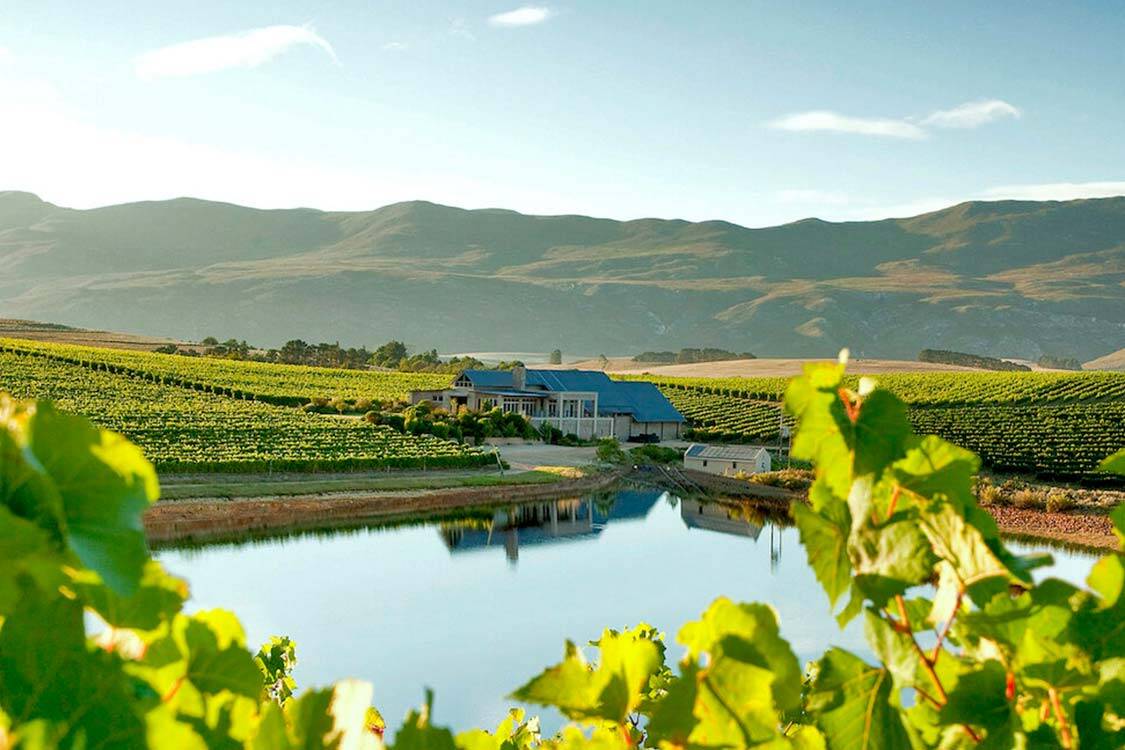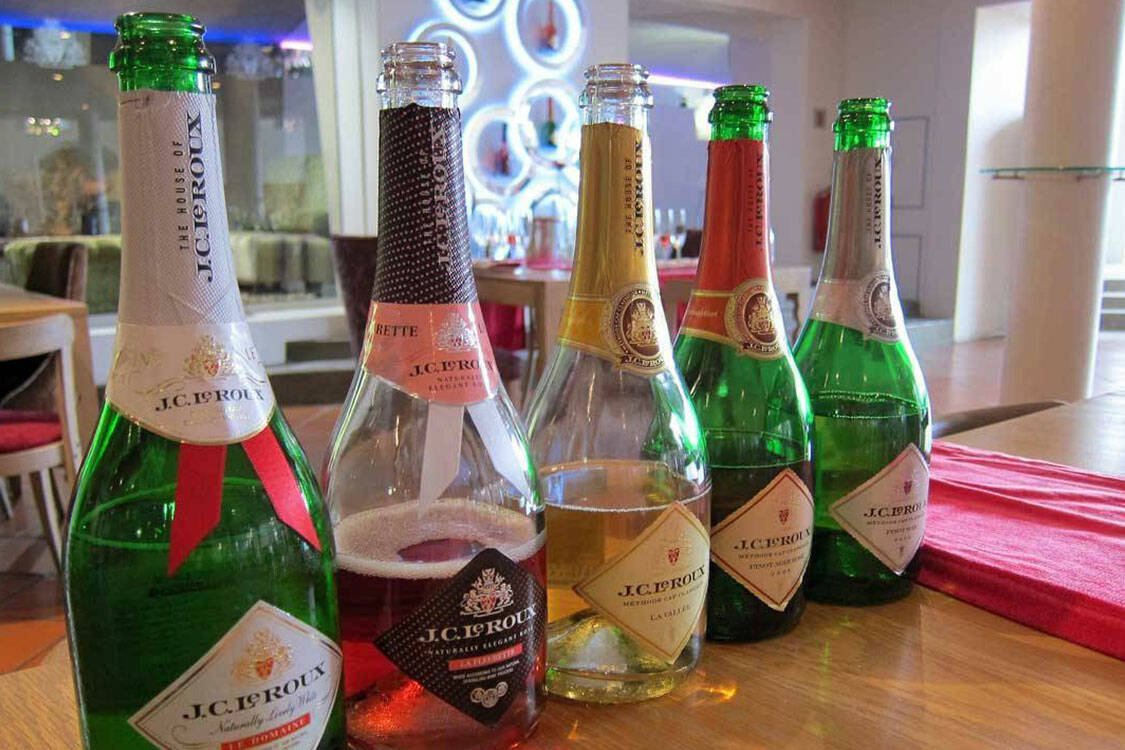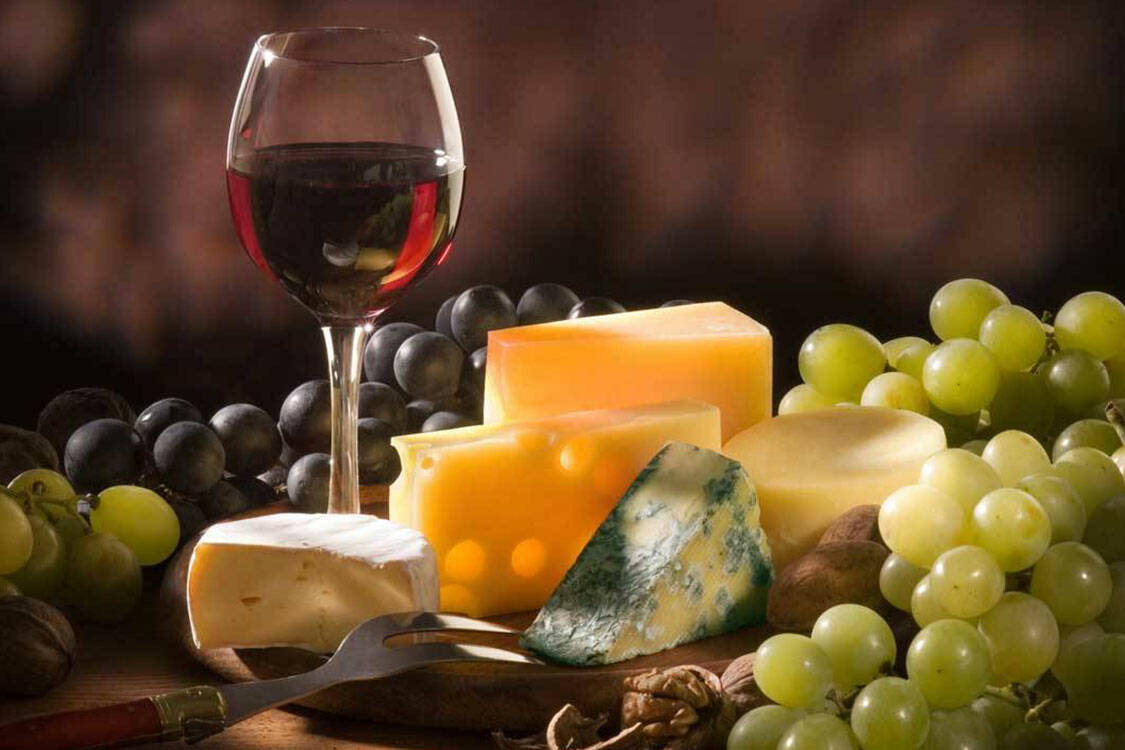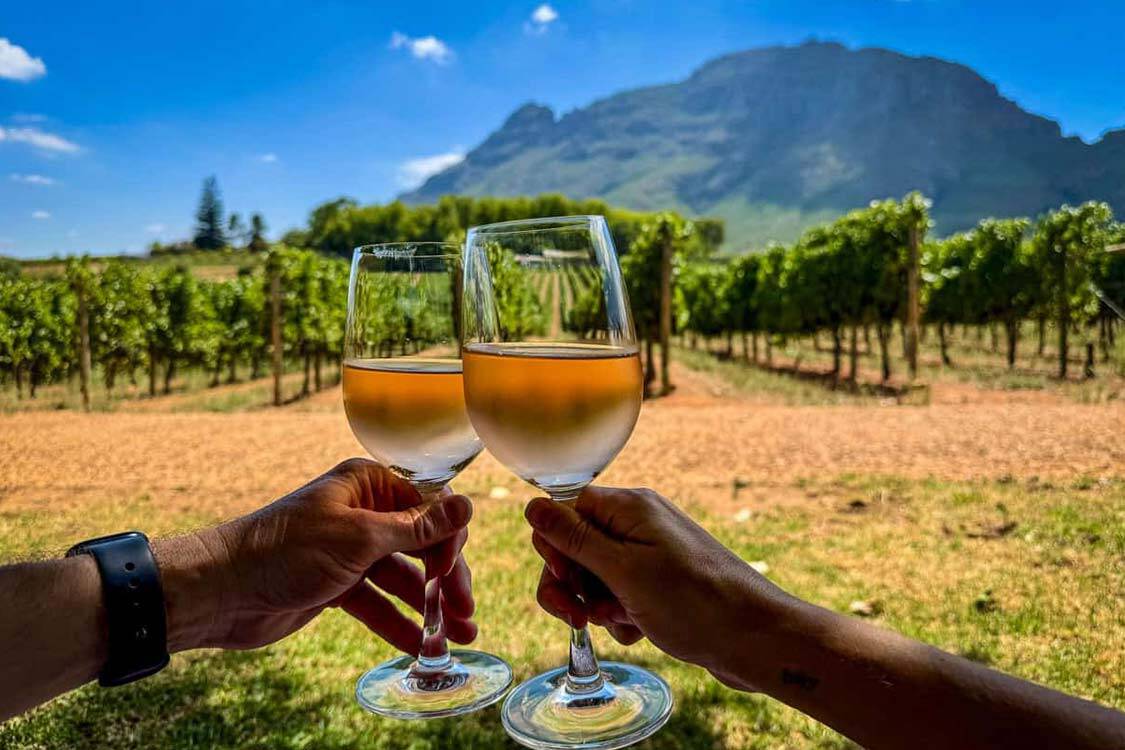Constantia: The Birthplace of South African Wine
Constantia stands as South Africa’s oldest wine-producing area. Nestled at the foot of Table Mountain, the cool climate and fertile soils of the valley were quickly recognized as ideal for winemaking. Constantia became world-famous in the 18th and 19th centuries for its sweet dessert wines, which graced the tables of European royalty and literary figures.
Constantia, just 20 minutes from Cape Town’s city center, is South Africa’s oldest wine-producing area, boasting internationally acclaimed estates like Groot Constantia. Its lush vineyards, historic homesteads, and signature cool-climate Sauvignon Blanc and sweet dessert wines make it a must-visit.
Stellenbosch: South Africa’s Wine Capital
Founded in 1679, Stellenbosch is South Africa’s second-oldest town and the undisputed capital of the nation’s wine country. With more than 150 wine producers, this scenic town sits against the breathtaking backdrop of the Helderberg and Simonsberg mountains. Its oak-lined streets, Cape Dutch architecture, and vibrant student life make it a favorite for wine enthusiasts and travelers alike.
Stellenbosch is the heart of the Cape Winelands, known for its vibrant university town atmosphere, oak-lined streets, and over 150 premium wine farms. Famous for bold reds, especially Cabernet Sauvignon and Pinotage, visitors can also enjoy art galleries, gourmet restaurants, and Cape Dutch architecture.
Franschhoek: The French Corner of the Cape
Franschhoek, often called the “French Corner,” boasts a rich Huguenot heritage. This scenic valley is famed for its boutique wineries, sparkling Method Cap Classique, and a culinary scene featuring some of South Africa’s top restaurants.
Nestled in a verdant valley, Franschhoek (meaning “French Corner”) was settled by French Huguenot refugees in the late 17th century, who brought with them a passion for viticulture and winemaking. The result is a region famed for its old-world charm, picturesque scenery, and French-inspired wines and food.





